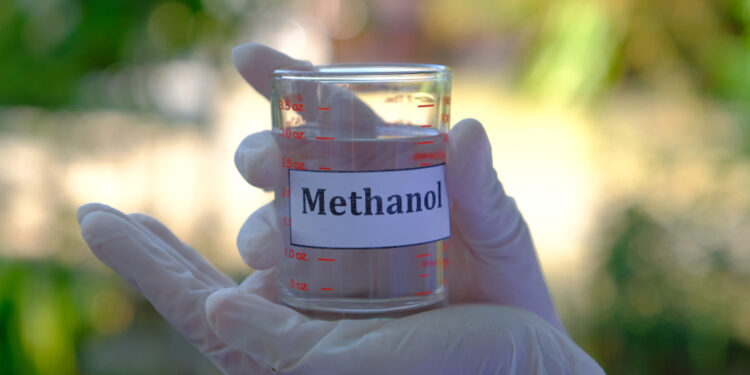With the publication of ABS Methanol Bunkering: Technical and Operational Advisory, ABS is expanding its guidance on methanol as a marine fuel.
As informed, a key component of the methanol value chain and the overall scalability of the fuel will be the ability to bunker methanol, either by truck-to-ship, ship-to-ship or land storage tank/terminal-to-ship.
The new advisory provides the maritime industry with insight into the challenges of bunkering methanol and strategies to address them.
As the class provider for the world’s largest methanol-fueled vessel and with numerous methanol-based projects underway, ABS has unrivalled insight into the adoption of methanol as a marine fuel.
…said John McDonald, ABS President and COO.
The publication provides guidance regarding the technical and operational challenges of the supplier to the receiving vessel including critical design issues, regulatory compliance, safe practices, areas of operational processes to consider, training and safety aspects.
(IMPCA) Methanol Reference Specifications and the required specifications of the equipment manufacturers, i.e., the engine and fuel supply system designers.
Requirements for methanol as a marine fuel
For international shipping, the carriage of chemicals such as methanol in bulk is regulated by SOLAS Chapter VII – Carriage of dangerous goods and MARPOL Annex II – Regulations for the Control of Pollution by Noxious Liquid Substance in Bulk. Both of those regulations require chemical tankers built after 1 July 1986 to comply with the International Code for the Construction and Equipment of Ships Carrying Dangerous Chemicals in Bulk (IBC Code). The safety requirements developed under the IBC Code have provided some of the basis for the IMO developed guidelines for the use of methanol as fuel under the SOLAS framework of the International Code of Safety for Ships Using Gases or other Low-Flashpoint Fuels (IGF Code).
Methanol bunkering operations
The main methods of methanol bunkering to ships are:
- Truck-to-ship bunkering using a road tanker — Truck-to-ship bunkering is the most commonly used method of bunkering methanol to date. Methanol is widely used for land-based operations within Europe and is transported according to the International Carriage of Dangerous Goods by Road (ADR) regulation as a Class 3 flammable liquid (UN 1230).
- Ship-to-ship bunkering (delivery by bunker ship) — Ship-to-ship bunkering, also referred to as “barge-to-ship” bunkering, is carried out while a ship is alongside at port or while at anchor. Fuel is provided from a bunker supply ship, tanker or barge to the receiving ship. Most large ships use this method of bunkering, although it may also be appropriate for smaller ships in some cases.
- Land storage tank (or Terminal) to ship bunkering, using a pipe or hose connection — Bunkering from a land storage tank or terminal is a suitable solution for ships operating out of a home port, such as the pilot or tugboat, and ships operating on fixed routes that bunker from compatible ports.






























































